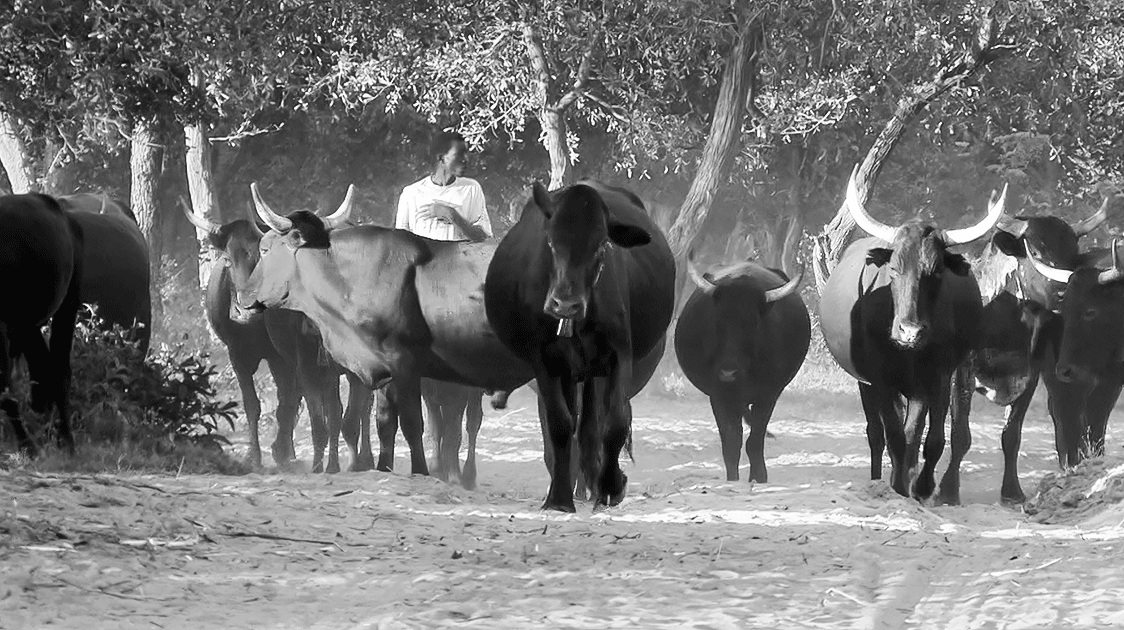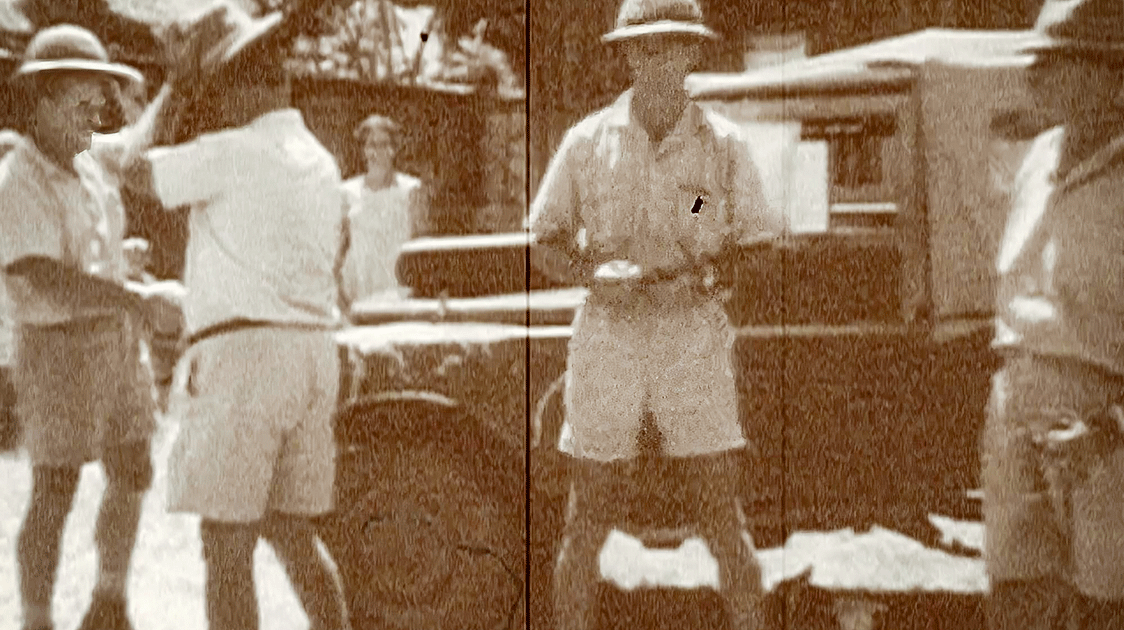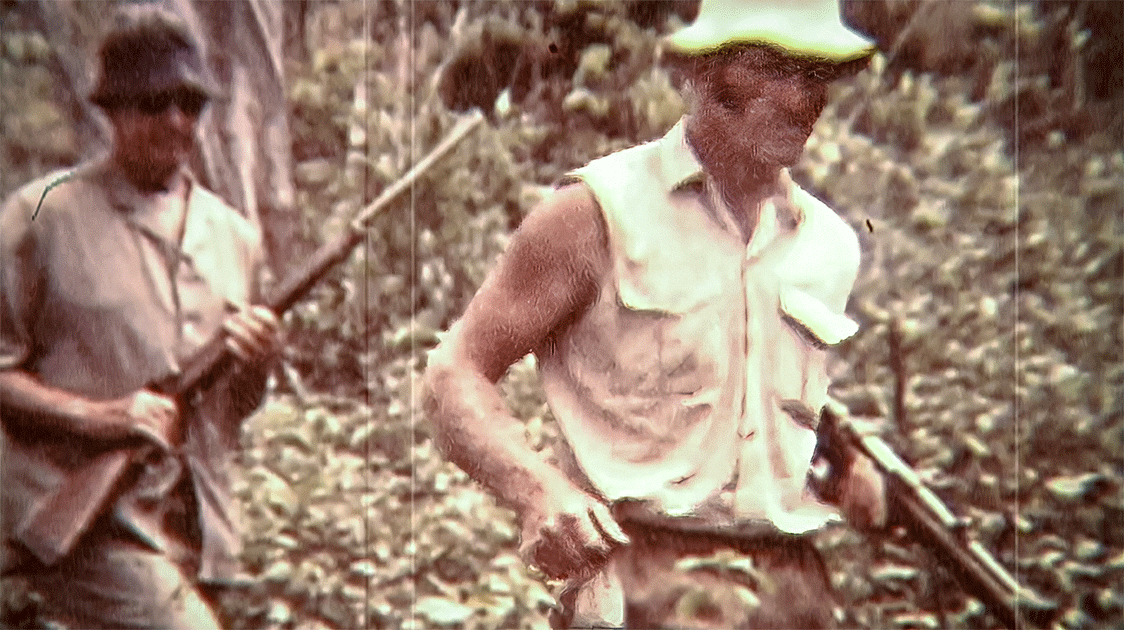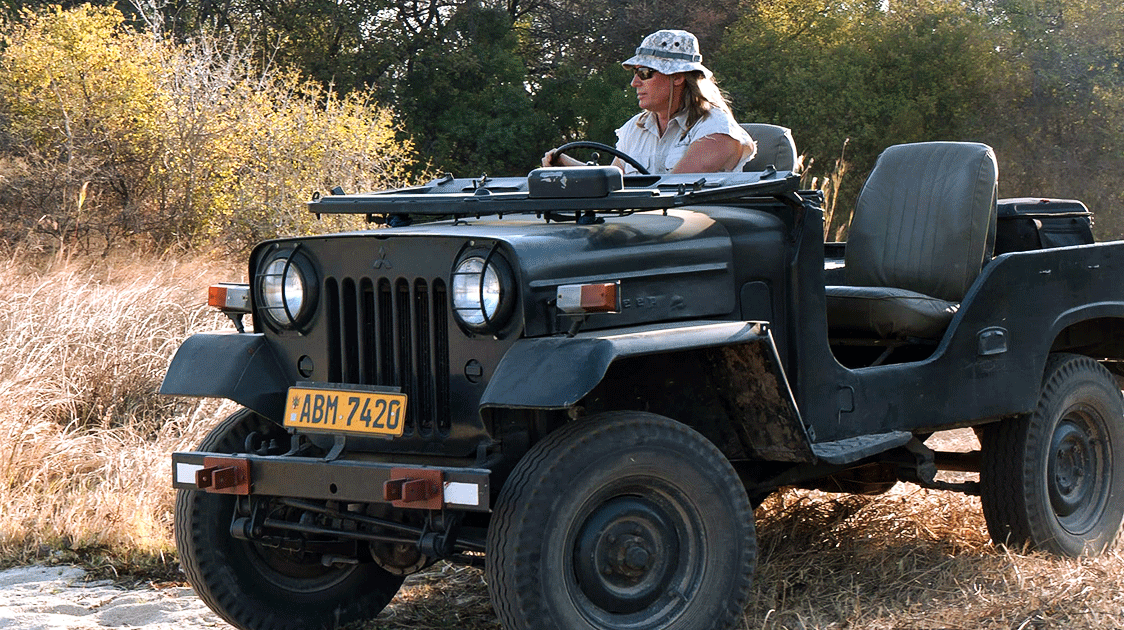Improving Biological Productivity

Towards the end of the 1950s, a small group of cattle ranchers, who were also committed wildlife conservationists, pioneered Zimbabwe's game ranching industry.
The idea developed from the theory that a spectrum of wild animals is ecologically more efficient at producing meat and by-products than a single domestic species. The view was untested, considerable business risks were taken, and many frustrations endured before game ranching proved a viable land-use alternative.
The country's Wildlife Conservation Act 1960 paved the way for the introduction of game ranching in Zimbabwe. The Parks and Wildlife Act 1975 consolidated the process into a workable legal framework.
This act was revolutionary in that wildlife ownership was transferred from the state to the appropriate authority of the land, except for specially protected species. Critics of the Act predicted the end of game outside of national parks, but in fact, wildlife flourished.

The country's Department of National Parks and Wildlife Management supported the fledgling game ranching industry by capturing and translocating thousands of animals from the park's estate onto private land. This project enabled the ranchers to stock their land cheaply.
Buffalo Range Ranch, situated in the country's southeast, was one of the first cattle ranches to embrace game ranching. The region had always had good game populations, but wild animals were considered competitors, with cattle for grazing and a reservoir for diseases.
The landowners attempted to eliminate wildlife through relentless hunting, fencing and denying the wild animals access to water.
Cattle ranching in Zimbabwe's semi-arid regions is marginal, and many owners have had to overstock to remain economically viable over the years.
By ignoring long-term environmental damage, the systems' biological productivity became overburdened. In 1973, research into the differences between cattle's ecological advantages versus game was carried out.
The results showed the degraded vegetation in the game section of Buffalo Range ranch was less stressed than the better vegetation in the cattle section. 13 years later, after the drought of 1982-1984, the vegetation in the game section had continued to improve and was in better condition than that in the cattle section, which had continued to deteriorate.
The vegetation had become more productive under game and less so under cattle. This was on a ranch where overstocking of cattle was much less severe than in many arid and semi-arid areas in Africa.
The research showed that conventional beef production is not an ecologically and economically sustainable option in semi-arid regions. A notable fact to emerge was that the differences between the amount of meat produced by cattle and wildlife were insignificant.
However, the relative impact of livestock on the natural vegetation was considerable.
Games yields, initially impeded by the game section's degraded state, were improving while allowing the vegetation to recover. Over the fence, cattle yields, which had been high on the good range, were declining because of overgrazing and resulting habitat deterioration.
The early emphasis of game ranching was on cropping. It was imperative to produce good-quality meat, as it had to compete with beef. Most outlets were a considerable distance from the game ranches.
The product had to be on the market within 36 hours of slaughter, which created the need for well-equipped butcheries with meat-freezing facilities.
By the mid-1960s, game ranchers looked towards recreational sport hunting as a revenue source. Most hunters were local or South African, as Zimbabwe could not compete for overseas clientele with other well-established safari destinations in Africa.

With sport hunting, the profitability of game ranching improved. Financially, cropping became of secondary significance.
The overall attitude of cattle ranchers towards wildlife began to change. There was an increase in the number and spread of game with its growing financial importance.
The level of poaching declined with the deployment of more game guards. Ranchers began to appreciate the value of "their" wildlife.
This development significantly improved range management, and wildlife became an integral part of ranching programs. It was from this that the wildlife conservancy model evolved. Across the country, game ranches amalgamated to create larger nature sanctuaries.
With the rejection of a protectionist, non-consumptive philosophy and the recognition of game animals' financial value, economic forces were stimulated to conserve wildlife.




